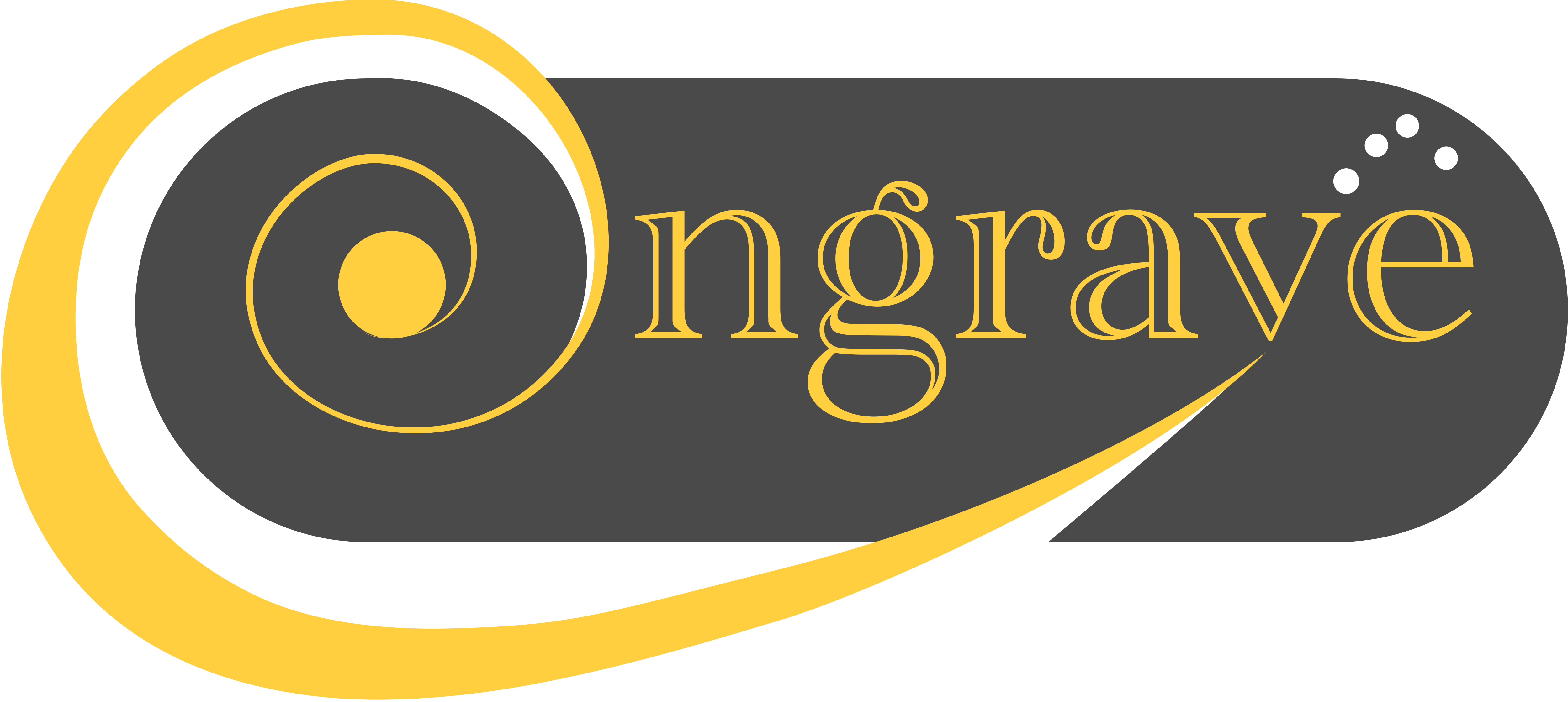
ENGRAVE scientists awarded JWST time
In the life of professional astronomers, it is a nail-biting moment when the results from a call for proposals are announced. But March 30, 2021, was a very special day, as the Space Telescope Space Institute announced the allocation for the first year (Cycle 1) of the James Webb Space Telescope (JWST). This is the forthcoming next-generation space telescope, due to be launched later this year, on October 31st (update: JWST was finally launched on December 25th, 2021), and a cornerstone mission in the history of astronomy.
We are very proud to announce that scientists associated with ENGRAVE have been awarded time on JWST, for a total of 25 hours. The proposal is titled A Comprehensive View of a Binary Neutron Star Merger, and will have the right to perform “disruptive ToOs” to quickly react to any gravitational wave counterpart discovered during O4. A disruptive ToO is a “target-of-opportunity” observation that can significantly and rapidly alter the planned schedule of the telescope. It is a very demanding operation, both on telescope resources and on the science planning team, so it is allowed only for targets of exceptional importance.
The purpose of the new proposal is to exploit the exquisite sensitivity and spectral coverage of JSWT to explore the visible and especially near-infrared regions of the spectrum, in order to characterise the properties of any kilonova associated with a binary neutron star merger. Many of the heavy elements synthesised during the kilonova explosion emit light in the near infrared range. JSWT will allow us to detect their “signature” in the spectrum, which will help clarify which elements, and how much of them, are present in the kilonova ejecta. In exchange, this will help us to understand better the physics of the merger and of the explosion. Infrared observations are much more sensitive from space, due to the lack of atmospheric absorption and lower background, so JWST will provide an incredible and unprecedented opportunity to study kilonovae.
So, we just need JSWT to be in space! We look forward to its successful launch later this year, and we will spend the time sharpening our theoretical understanding of these enigmatic explosions
The list of all approved JSWT proposals is available here (our proposal is #2395 under the section “Stellar Physics and Stellar Types”): https://www.stsci.edu/jwst/science-execution/approved-programs/cycle-1-go.
